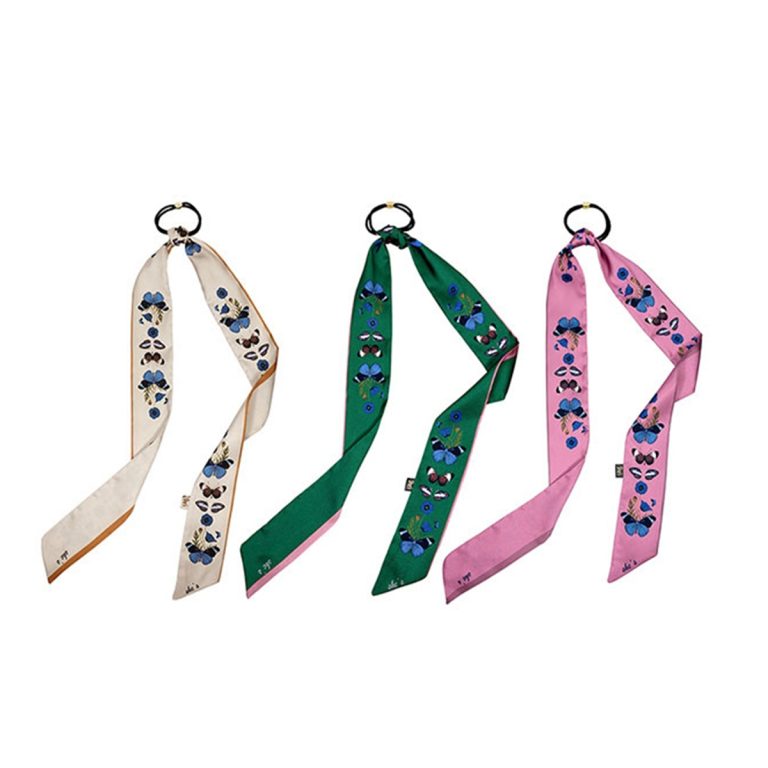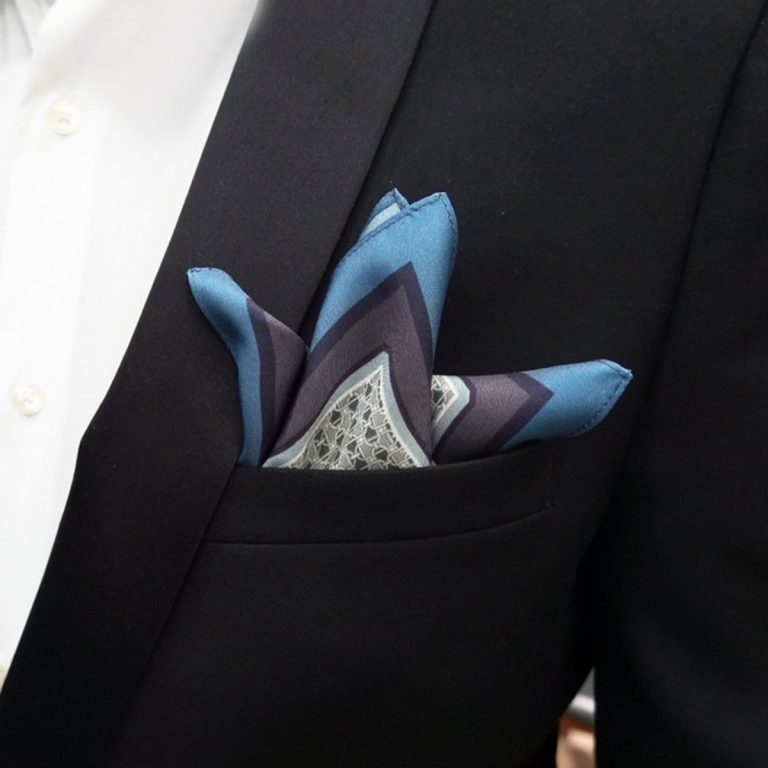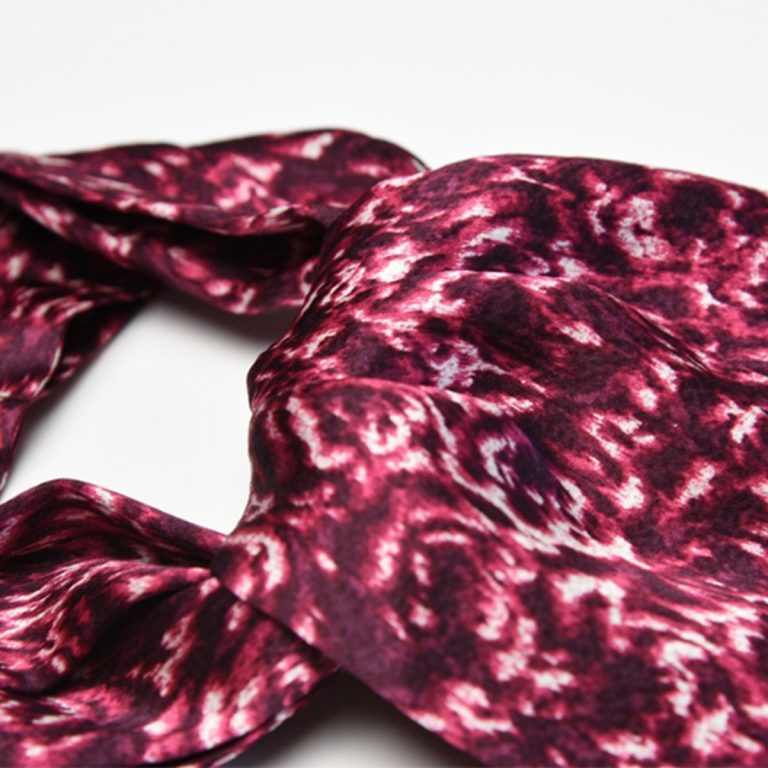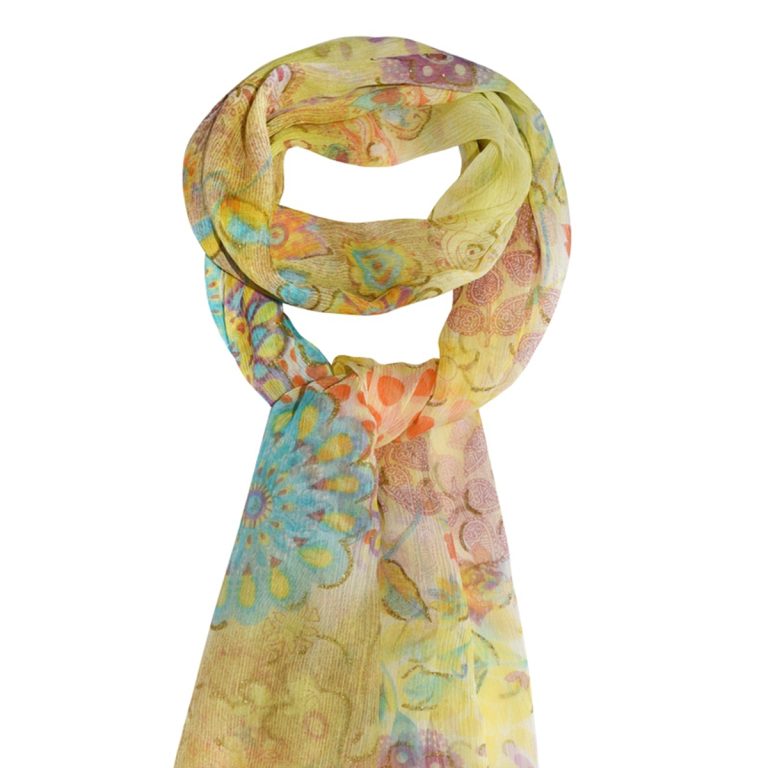The Process of Leading Twill Silk Scarf Manufacturing
Silk scarves have long been a staple in the fashion industry, known for their luxurious feel and elegant appearance. Leading the way in twill silk scarf manufacturing is no easy feat, but with the right processes in place, it can be achieved. From sourcing the finest silk materials to creating intricate designs, the process of manufacturing twill silk scarves requires attention to detail and a commitment to quality.
The first step in leading twill silk scarf manufacturing is sourcing the highest quality silk materials. Silk is a delicate and luxurious fabric that requires careful handling to ensure its integrity is maintained. By working with reputable suppliers who provide top-quality silk, manufacturers can guarantee that their scarves will be of the highest quality. Whether sourcing silk from traditional silk-producing regions like China or India, or from newer markets like Vietnam or Thailand, finding the right suppliers is crucial to the success of the manufacturing process.
| custom modal graduation stole | a silk hat |
| Singapore | hand sewing |
| cotton graduation stole Wholesaler | bulk buy scarves |
| linen wrap Factory | rayon triangel scarf company |
Once the silk materials have been sourced, the next step in leading twill silk scarf manufacturing is the design process. Creating unique and eye-catching designs is essential to setting a brand apart from its competitors. Whether using traditional patterns or modern motifs, designers must carefully consider color, scale, and placement to create scarves that are both visually appealing and on-trend. By working closely with designers and utilizing the latest technology, manufacturers can ensure that their scarves are both fashionable and timeless.
After the designs have been finalized, the manufacturing process can begin. Twill silk scarves are typically made using a twill weave, which creates a distinctive diagonal pattern on the fabric. This weave not only adds texture and depth to the scarf but also enhances its durability and drape. By using state-of-the-art looms and machinery, manufacturers can produce scarves that are both high-quality and consistent in their weave.

In addition to twill silk scarves, leading manufacturers may also produce silk durags and silk bandanas. These accessories have become increasingly popular in recent years, thanks to their versatility and style. Silk durags are often worn to protect hair and maintain hairstyles, while silk bandanas can be styled in a variety of ways to add a touch of elegance to any outfit. By expanding their product offerings to include these accessories, manufacturers can cater to a wider range of customers and stay ahead of the competition.
In conclusion, leading twill silk scarf manufacturing requires a combination of quality materials, innovative design, and advanced manufacturing techniques. By sourcing the finest silk materials, creating unique designs, and utilizing state-of-the-art machinery, manufacturers can produce scarves that are both luxurious and on-trend. Additionally, by expanding their product offerings to include silk durags and silk bandanas, manufacturers can appeal to a broader customer base and solidify their position as industry leaders. With a commitment to quality and a dedication to innovation, leading manufacturers can continue to set the standard for twill silk scarf manufacturing for years to come.







